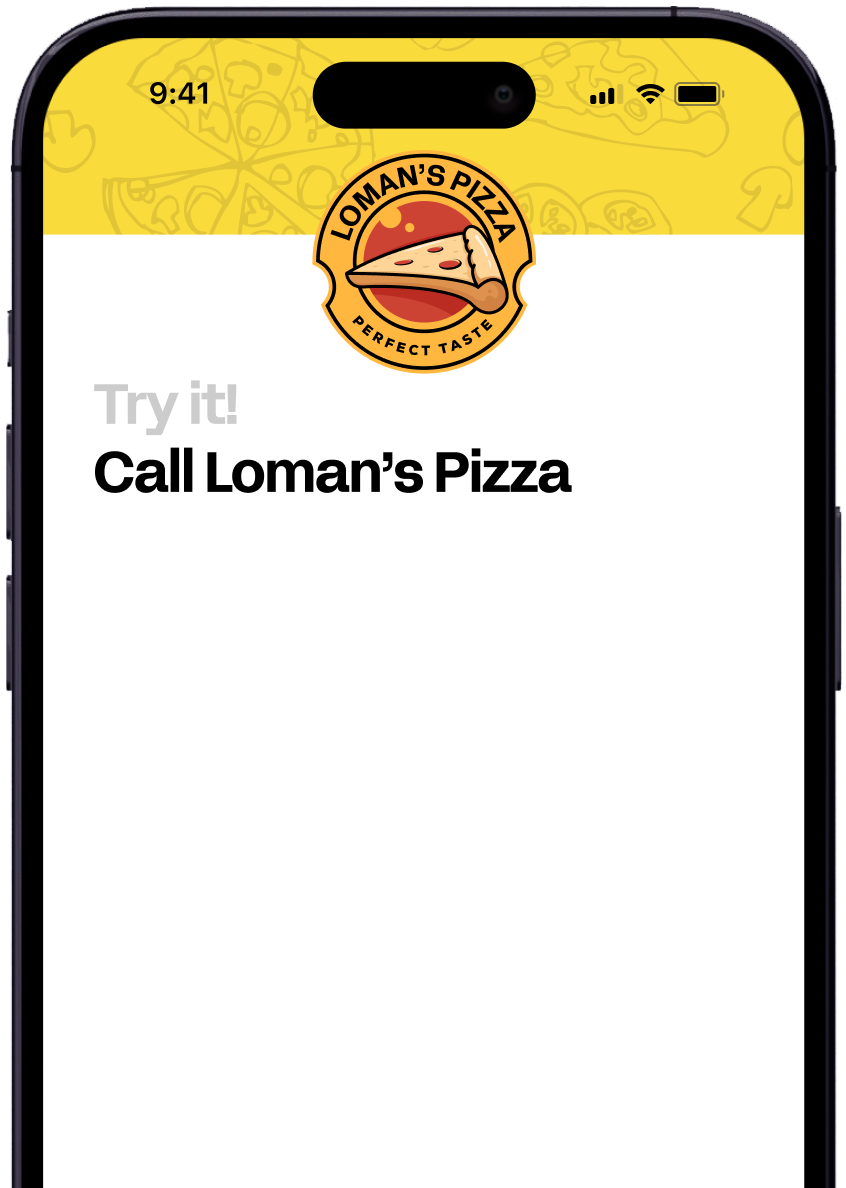May 9, 2024

Artificial Intelligence (AI) revolutionizes restaurant catering supply chains by:
By leveraging AI-driven predictive analytics, restaurants can streamline operations, reduce costs, minimize waste, and enhance customer satisfaction, staying ahead of the competition in the catering industry.
Accurate demand forecasting is vital for restaurants and catering companies to ensure they have the right quantities of ingredients and supplies to meet customer demand. Traditional manual forecasting methods can lead to errors and waste. AI-driven predictive analytics can revolutionize demand forecasting by analyzing vast amounts of data quickly and accurately.
AI algorithms analyze historical sales data, seasonal trends, economic conditions, competitor activity, and real-time data to predict future demand patterns. This enables businesses to make informed predictions about future demand.
The benefits of AI-driven demand forecasting include:
BenefitsDescriptionMinimize stockouts or overstockingReduce waste and save resourcesEnhance responsiveness to changing customer demandsEnsure products are available when customers want themAnticipate and cater to seasonal peaks or trends effectivelyOptimize inventory levels and supply chain managementProvide timely and reliable product availabilityImprove customer satisfaction and loyalty
By integrating AI-driven predictive analytics into their demand forecasting processes, restaurants and catering companies can make more accurate predictions, reduce waste, and improve customer satisfaction.
Effective inventory management is crucial for restaurants and catering companies to minimize waste, reduce costs, and ensure customer satisfaction. By analyzing historical sales data, seasonal trends, and real-time data, AI-driven predictive analytics can optimize inventory levels.
Benefits of AI-Driven Inventory Management
BenefitsDescriptionReduced WasteMinimize food spoilage and reduce wasteCost SavingsOptimize inventory levels and reduce storage costsImproved Customer SatisfactionEnsure products are available when customers want them
AI-powered inventory optimization software can analyze historical and current data to manage immediate and future inventory requirements, ensuring that businesses have the right quantities of ingredients and supplies to meet customer demand.
Intelligent supply chain optimization is a crucial aspect of restaurant catering supply chains. By leveraging AI-driven predictive analytics, restaurants can streamline their supply chain operations, reduce costs, and improve customer satisfaction.
How AI Optimizes Supply Chains
BenefitsDescriptionImproved ForecastingAI accurately forecasts demand, enabling restaurants to optimize inventory levels and reduce wasteEfficient LogisticsAI analyzes data on transportation, storage, and inventory management to identify opportunities for cost savings and efficiency improvementsEnhanced VisibilityAI-powered supply chain optimization software provides real-time visibility into inventory levels, shipment tracking, and supplier performance
By integrating AI into their supply chain operations, restaurants can make data-driven decisions, reduce the risk of stockouts and overstocking, and improve their overall supply chain efficiency. Additionally, AI can help restaurants identify potential bottlenecks and inefficiencies in their supply chain, allowing them to take proactive measures to address these issues before they impact their business.
Dynamic menu engineering is a crucial aspect of restaurant catering supply chains. By leveraging AI-driven predictive analytics, restaurants can optimize their menus to better suit customer preferences, reduce food waste, and increase revenue.
How AI Optimizes Menus
AI analyzes customer preferences, profit margins, and leftover food counts to make recommendations for menu item rotation. This helps restaurants avoid purchasing unnecessary ingredients, reducing food waste.
Additionally, AI algorithms enable predictive analytics for optimizing food inventory management. Voice recognition technology monitors kitchen staff, while automated tracking software helps manage expired products more efficiently.
Benefits of AI-Driven Menu Engineering
BenefitsDescriptionReduced Food WasteMinimize waste by optimizing menu items and inventoryIncreased RevenueOffer menu items that customers prefer, increasing salesImproved Customer SatisfactionProvide customers with menu options that meet their preferences
By integrating AI into their menu engineering, restaurants can make data-driven decisions, reduce the risk of menu item misalignment, and improve overall customer satisfaction.
Proactive issue detection and resolution are crucial for a well-functioning restaurant catering supply chain. By using AI-driven predictive analytics, restaurants can identify potential issues before they occur, reducing the risk of supply chain disruptions, food waste, and revenue loss.
AI algorithms analyze historical data, weather patterns, and seasonal fluctuations to identify potential supply chain risks. This enables restaurants to take proactive measures to mitigate these risks, such as adjusting inventory levels, rerouting shipments, or identifying alternative suppliers.
BenefitsDescriptionReduced Supply Chain DisruptionsMinimize the risk of supply chain disruptions, ensuring timely delivery of ingredients and suppliesLess Food WasteReduce food waste by identifying potential inventory issues before they occurIncreased RevenueMaximize revenue by minimizing the impact of supply chain disruptions on restaurant operations
By integrating AI into their supply chain management, restaurants can proactively detect and resolve issues, ensuring a more efficient, cost-effective, and customer-centric operation.
Integrating AI-driven predictive analytics into the catering supply chain can bring numerous benefits. By leveraging these advantages, restaurants and catering services can improve profitability, reduce waste, and enhance customer satisfaction.
As AI technology continues to evolve, we can expect to see more innovative applications in menu development, inventory management, and supply chain optimization. By embracing AI, catering companies can stay ahead of the competition, improve operational efficiency, and deliver a better overall customer experience.
BenefitsDescriptionImproved Demand ForecastingReduce waste and improve customer satisfactionOptimized Inventory ManagementMinimize stockouts and overstockingIntelligent Supply Chain OptimizationStreamline operations and reduce costsDynamic Menu EngineeringOffer menu items that customers preferProactive Issue Detection and ResolutionMinimize supply chain disruptions and revenue loss
In conclusion, the benefits of AI in restaurant catering supply chains are undeniable. By harnessing the power of predictive analytics, restaurants can streamline their operations, reduce costs, and improve customer satisfaction. As the industry continues to evolve, it's essential for restaurants and catering services to stay ahead of the curve and adopt AI-driven solutions to remain competitive.

Enter your information in the form to receive a call from Loman and place an order like a customer would!